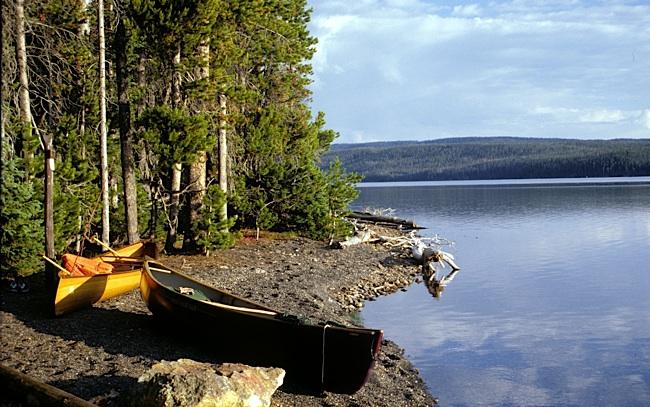Most Yellowstone National Park visitors never set foot on the shores of Shoshone Lake.
Squeezed between the Pitchstone Plateau and Craig Pass at an elevation of 7,791 feet, no roads snake back to the seven-mile-long lake where mechanized locomotion is banned and humans visit by foot or muscle-powered craft or not at all.
A bowl-shaped depression blown out of the landscape by the park's prehistoric volcanics, Shoshone with its 28 miles of shoreline officially is the largest backcountry lake in the Lower 48. Little vegetation grows in the lake's clear, cold waters, which during their storm-tossed churning can resemble an inland ocean, one that's cruelly unforgiving to the unprepared.
Unless you hike or paddle to Shoshone Lake, the only way to glimpse it is to stop at Shoshone Point on Craig Pass and gaze southward. Yet in spite of its remoteness, it's highly popular with Yellowstone's backcountry travelers.






